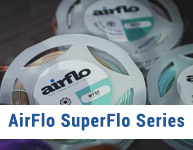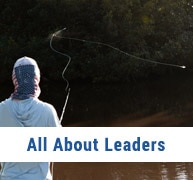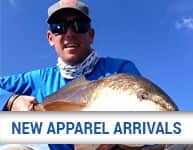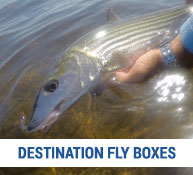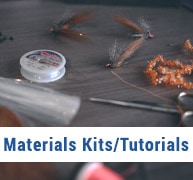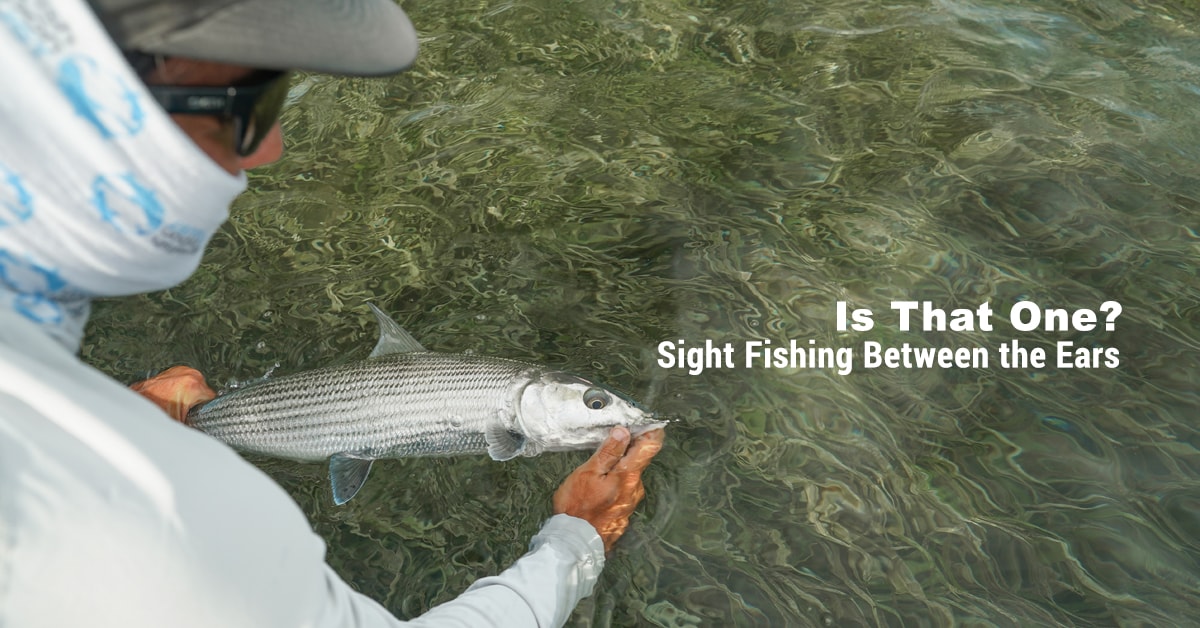Sight fishing, more specifically saltwater fly fishing on flats is not easy. Well sometimes it can be, but usually it’s not – especially here in South Florida. Whatever degree of difficulty the day brings, it’s always a numbers game of inches and shots. You’re told to practice casting. Which of course you have to. Because the rest of this means nothing if you physically don’t have the ability of getting the fly to the fish. But you could practice until you’re able to hit a dime at 50ft with a 20 mph wind on your casting hand, and yet still utterly suck at flats fishing. Because there’s another component to this game that is much more rarely spoken about than the mechanics. The mental component – focus, confidence, and managing anxiety. They say golf is played on a course between the ears, well bonefish and the rest of the visually targeted gang are definitely fished on a flat between the ears.
One good workout for your mind is fishing with a guide. For the obvious reason – a good guide (like Bobby G in Biscayne Bay, shameless plug for him) will work extremely hard on providing you with as many numbers of shots as you need for yourself to get the number of inches correct (where the fly lands and how it’s moved). That’s a great experience builder and confidence booster. But on the days when only a shot or two are in the cards, you’re more likely to convert that shot into an eat with a guide than on your own. For the less obvious reason – you’re more focused with a guide. You have left everything else up to him or her and your mind is set on locating a target. Whereas by yourself or with your non-guide buddy your mind is more liable to drift to other things. Which can leave you surprised by the first and possibly only fish you see. Even for the most experienced anglers, a surprised shot rarely works out well.
Experience on the water alone will make you a good flats angler. The ability to focus by itself will make you a better flats angler than you were. Experience on the water plus the ability to focus will take you to the next level.
It seems like great anglers are inherently good at staying focused, but most likely the ability was built by learning from experience on the water. To shorten this learning curve for yourself use this hack. Step 1: Make a broad analysis of the current and which way the fish should be coming. Step 2: constantly and consciously ask yourself Is That One?
The Is That One? technique works because it’s a reset. Too often are you left staring at seagrass or rocks and coral heads as they pass you by, your mind subconsciously registering them as “not fish”, allowing your conscious mind to drift. Then surprise surprise you’re not ready when there’s a confirmed fish. By consciously asking yourself Is That One? even after already subconsciously registering the shape as a piece of bottom, you’re resetting your conscious mind to the task of spotting fish. And on top of that, sometimes the Is That One? shadow moves a little bit, revealing itself as a fish that you wouldn’t have noticed if you didn’t revert your conscious mind.
Is That One? also helps in managing anxiety. When you confirm bonefish tailing 600 feet away, your first thought usually creates a good sensation in your body. You confirmed the fish and you know what you’re going to do when they’re in range. But until then there is a lot of time for thoughts of how you don’t want to mess this up to creep into your mind. That’s where the anxiety kicks in. Keep the anxiety at bay by resetting your focus back to the fish themselves with Is That One? Is that really one? Am I seeing things? They’re still there? Ok they’re in range coming slow, lead them by a foot.
Finally, don’t put too much pressure on yourself. Is That One? can also erase the thought that you need to catch a fish and remind yourself that you’re having fun doing something you love. You’ll fish best when you’re both relaxed and focused.
Focus/mindset hacks like this are popular with public speakers and high performing athletes. Utilize Is That One? to make your on the water experience more purposeful in becoming a better angler and building up the confidence that’ll help you fail a little less and succeed a little more.
Disclaimer: I am not a psychologist or in any way qualified to write a piece on the neuroscience of fly fishing. I’m just someone who loves to fish. Someone who is addicted to the challenge that comes when saltwater and a fly rod meet. And someone who’s always looking to get better at it.

